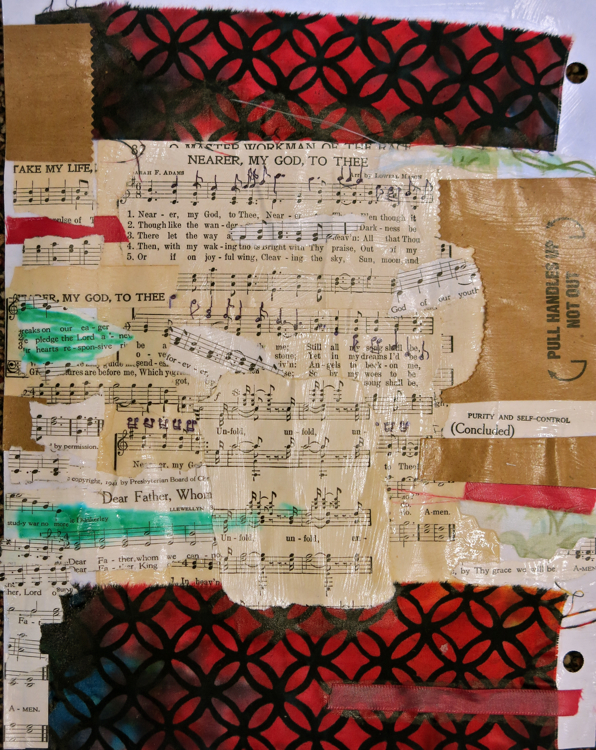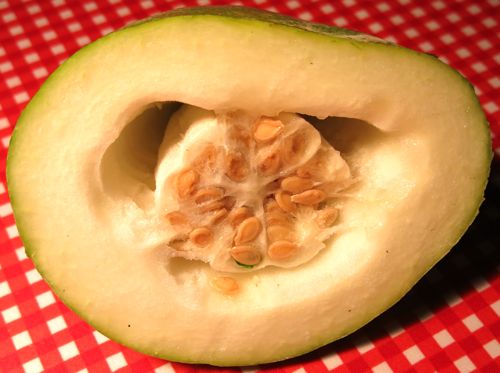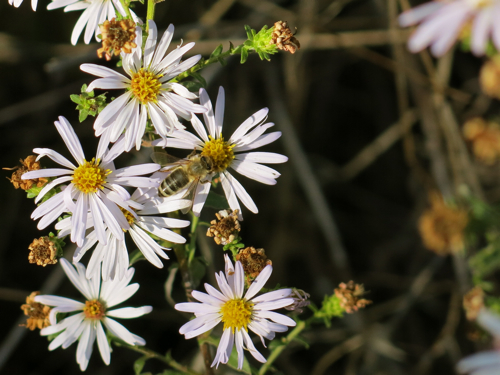A paper published in the May-June, 2014, issue of Religious Education: The Journal of the Religious Education Association explores attitudes towards religious differences among adolescents in the United Kingdom. The authors used standard social science techniques and statistical analysis to find out if adolescents who attend faith-based schools, that is, day schools run by organized religions. They pose this research question: “whether students educated in schools with a religious character are more or less conducive to life in a religiously diverse society,” as compared to students in secular schools.
Their study indicates that the “individual religiosity” of adolescents, and other personal factors, has more influence on their attitudes towards religious diversity than the school they attend. Some of their findings:
— females have a more positive attitude towards religious diversity than males
— neuroticism correlates with a positive attitude towards religious diversity, and psychoticism with a negative attitude
— adolescents who pray regularly have a more positive attitude towards religious diversity
— adolescents who attend religious services regularly have a more positive attitude towards religious diversity
— however, “none of the variance in … attitudes toward religious diversity can be attributed to attending schools with a religious character.”
The paper is “Church Schools Preparing Adolescents for Living in a Religiously Diverse Society: An Empirical Enquiry in England and Wales,” by Leslie J. Francis and Andrew Village (in Religious Education, vol. 109 no. 3, May-June 2014, pp. 264-283).
Francis and Village address a fairly narrow question, in a cultural context different from most regions of the U.S.; I don’t think it would be wise to try to apply their findings to a U.S. context, or to try to draw larger conclusions from the findings. Nevertheless, I think this paper does suggest some interesting possibilities for research in the U.S. Wouldn’t it be interesting to research attitudes towards diversity among adolescents who are affiliated with mainline churches, evangelical churches, non-Christian faith communities, etc.?
And wouldn’t it be really interesting if the Unitarian Universalist Association or one of our seminaries funded similar research of adolescents who are affiliated with Unitarian Universalist congregations? If I were conducting such research, I think my initial hypothesis would be that a board sampling of Unitarian Universalist adolescents would not have significantly more positive attitudes towards religious diversity than adolescents affiliated with other faiths; though based on Francis and Village’s paper, I would definitely look for evidence that religious adolescents in general have a somewhat more positive attitude towards religious diversity than secular adolescents.



